Garden Center Ideas: Creative Tips for a Blossoming Backyard
Creating an inviting garden center can transform your outdoor space into a charming retreat. Whether you are looking to add a touch of green to your backyard or aspiring to create a vibrant herb garden, there are plenty of creative ideas that can cater to your needs.
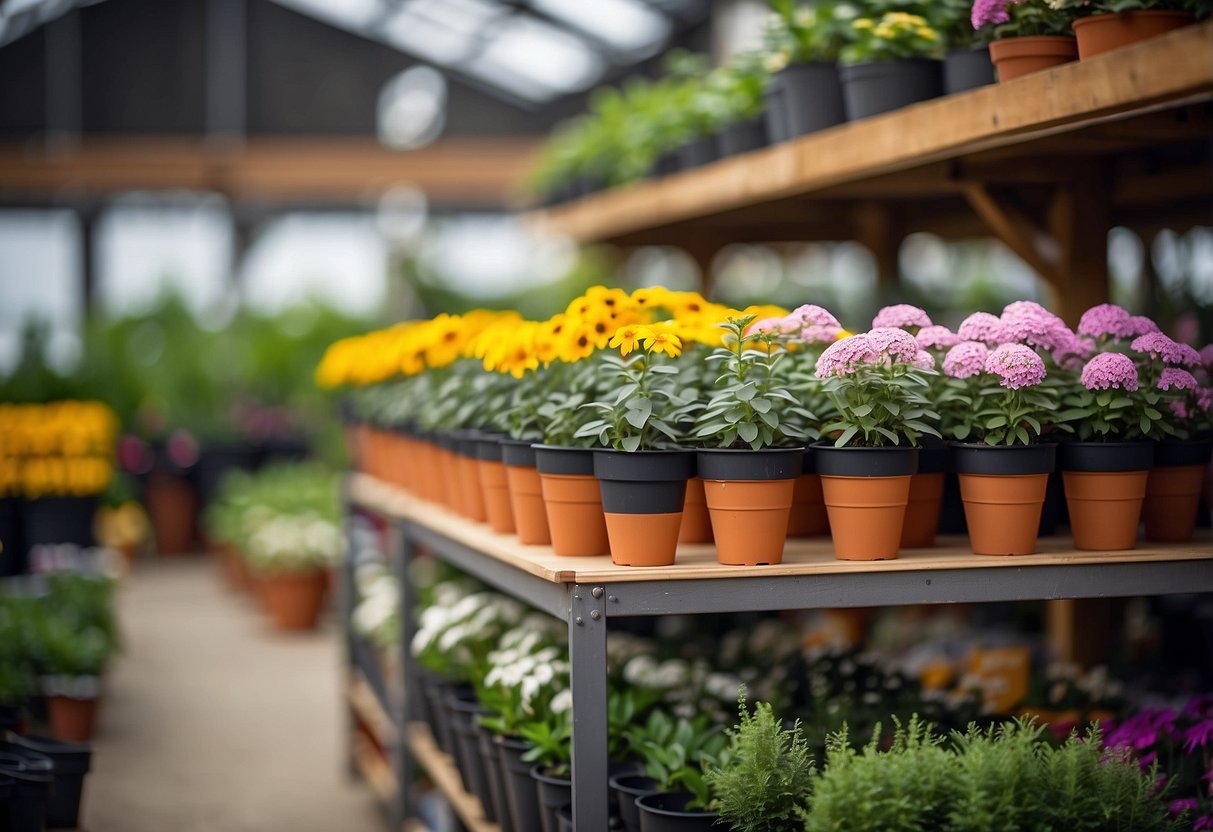
How can you attract and retain customers to your garden center while creating a welcoming environment? By exploring diverse layouts and unique design inspirations, you can craft a space that is both functional and aesthetically pleasing. From workshops and events to online shopping and healthy food options, there are many ways to enhance your garden center experience.
1) Vertical Planters

Vertical planters are a great way to save space and add beauty to your garden. You can use them on walls, fences, or even indoors. They are perfect for small areas where you can’t grow plants horizontally.
One popular option is the wood slat fence with planters. It’s both functional and attractive, transforming a simple fence into a lively green wall. You can learn more about it here.
Another creative idea is the upcycled pallet garden. This eco-friendly choice breathes new life into old materials and gives your garden a unique look. Find more inspiration here.
2) Solar Garden Lights

Adding solar garden lights is an easy way to brighten your outdoor space. They use the sun’s energy, so you won’t need any wires or electricity. Just place them in a sunny spot, and they will charge during the day to light up at night.
You can find many types of solar lights, like beach glass solar lights that give a cool glow. Or try making your own with DIY projects, like using mason jars for a rustic look.
Solar garden lights are also great for pathways. They help you see where you’re going and add a magical touch to your garden. Plus, they’re eco-friendly and save you money on energy bills.
3) Raised Garden Beds

Raised garden beds are perfect for boosting your garden’s look and function. You can build them using various materials like wood or galvanized metal.
They offer better soil drainage, making plant care easier. Plus, you can customize the soil to suit each plant’s needs.
Raised beds also provide easy access, making gardening more enjoyable for everyone.
4) DIY Bird Feeders

Making your own bird feeders is a fun and rewarding project. You can use items you already have at home, like plastic bottles or jars. This makes it a great way to involve your kids in a weekend activity.
Try creating a beautiful and simple paper plate bird feeder. Or transform a mason jar into a delightful feeder for your garden. If you like unique styles, consider making a mosaic bird feeder.
5) Herb Spiral

An herb spiral is a unique garden feature that’s both beautiful and useful. It’s designed as a raised bed in the shape of a spiral, with the center higher than the edges.
This type of garden is perfect for growing a variety of herbs. It offers different conditions within the same bed, making it ideal for plants with varying needs.
You can build it from materials like stone or wood. Check out how to build a spiral herb garden on Balcony Garden Web for more ideas.
6) Garden Trellis

A garden trellis can transform your outdoor space. It supports climbing plants, adding beauty and height to your garden.
You can use materials like wood, wire, or wrought iron. Each adds its own style.
Consider placing a trellis near a seating area. It can create a cozy, shaded spot for you to relax in. For more ideas, check out this resource.
7) Homemade Compost Bins
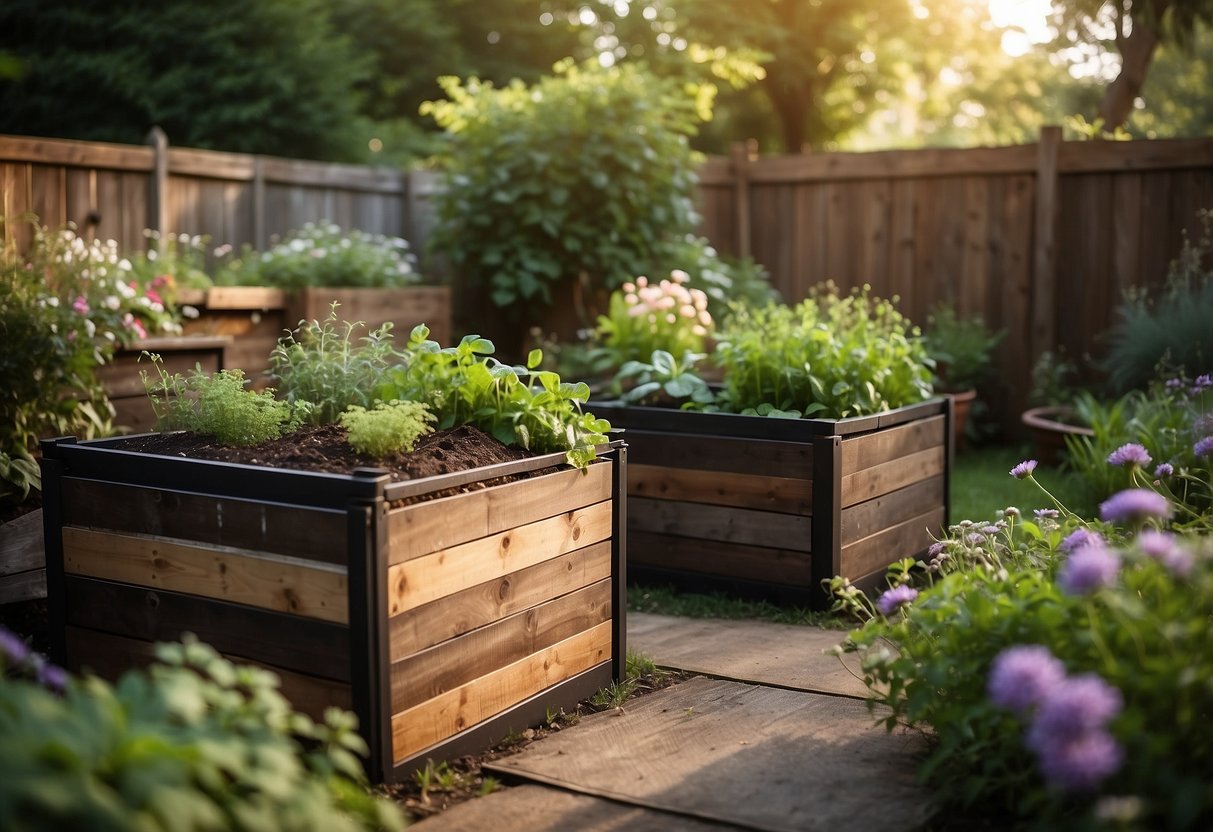
Creating your own compost bin at home is easier than you might think. For small spaces like apartments, you can use a 5-gallon bucket with a few holes drilled for ventilation.
For bigger yards, consider building a larger compost pile. A square compost bin that’s 4 feet on each side can help speed up the composting process.
If you want something more creative, try making a 3-tier worm compost bin using stackable plastic bins. It’s a fun and effective way to compost!
8) Hanging Garden Planters
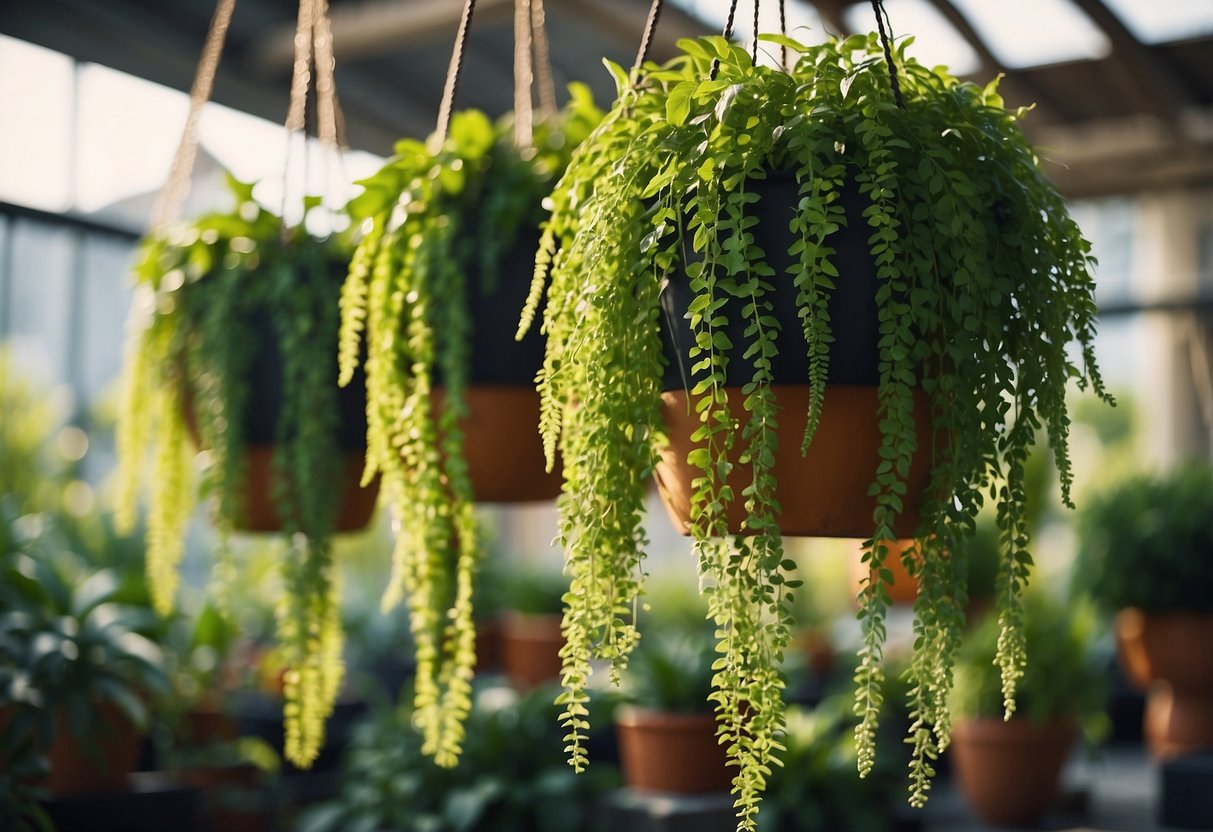
Hanging garden planters are great for adding beauty to your outdoor space. They don’t take up much room, which makes them perfect for small gardens or patios. You can use a variety of plants, including flowers, herbs, and succulents.
Using hanging planters is an easy way to create a vertical garden. Try using metal birdcages for a unique look. This adds charm with minimal effort.
You can also make your own with just a few materials. Check out DIY outdoor hanging planter ideas for inspiration.
9) Rainwater Harvesting System

Adding a rainwater harvesting system to your garden can be a great way to conserve water. You can collect rainwater from your roof using gutters and downspouts. Position storage tanks or barrels near the downspouts.
Use PVC pipes to channel water into the tanks. This water can be used to irrigate your garden, keeping your plants healthy. Rainwater harvesting is both eco-friendly and cost-effective. Learn more about designing a rainwater collection system here.
10) Fairy Garden Kits
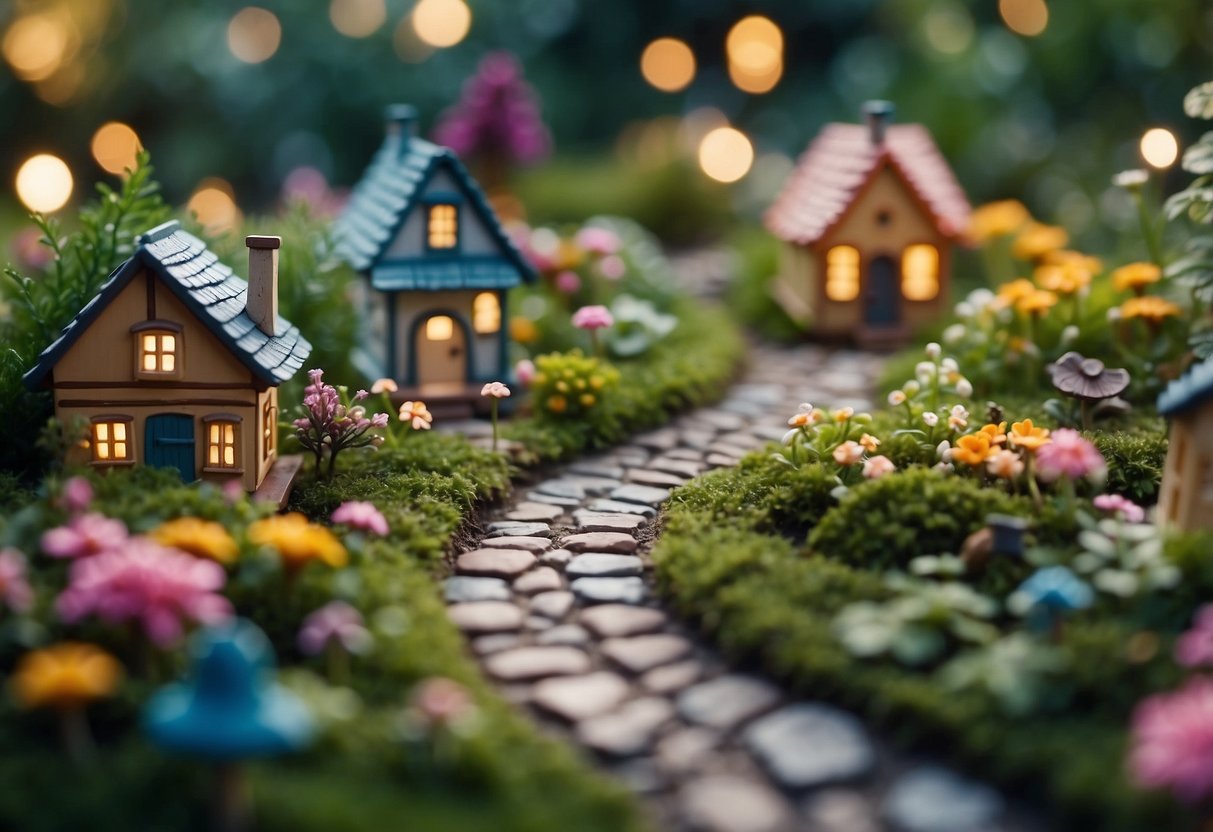
Fairy garden kits offer a simple way to create a magical miniature garden. These kits come with everything you need, such as tiny houses, fairy figures, and small plants. They are perfect for beginners who want to try their hand at building a fairy garden without starting from scratch.
You can find kits themed around different styles, like enchanted forests or flowerpot gardens. These pre-assembled sets make it easy to add a whimsical touch to your yard or indoor space. Kits save time and ensure you have all the necessary elements to bring your fairy garden vision to life. Begin your magical garden journey with a fairy garden kit.
Designing Your Garden Center
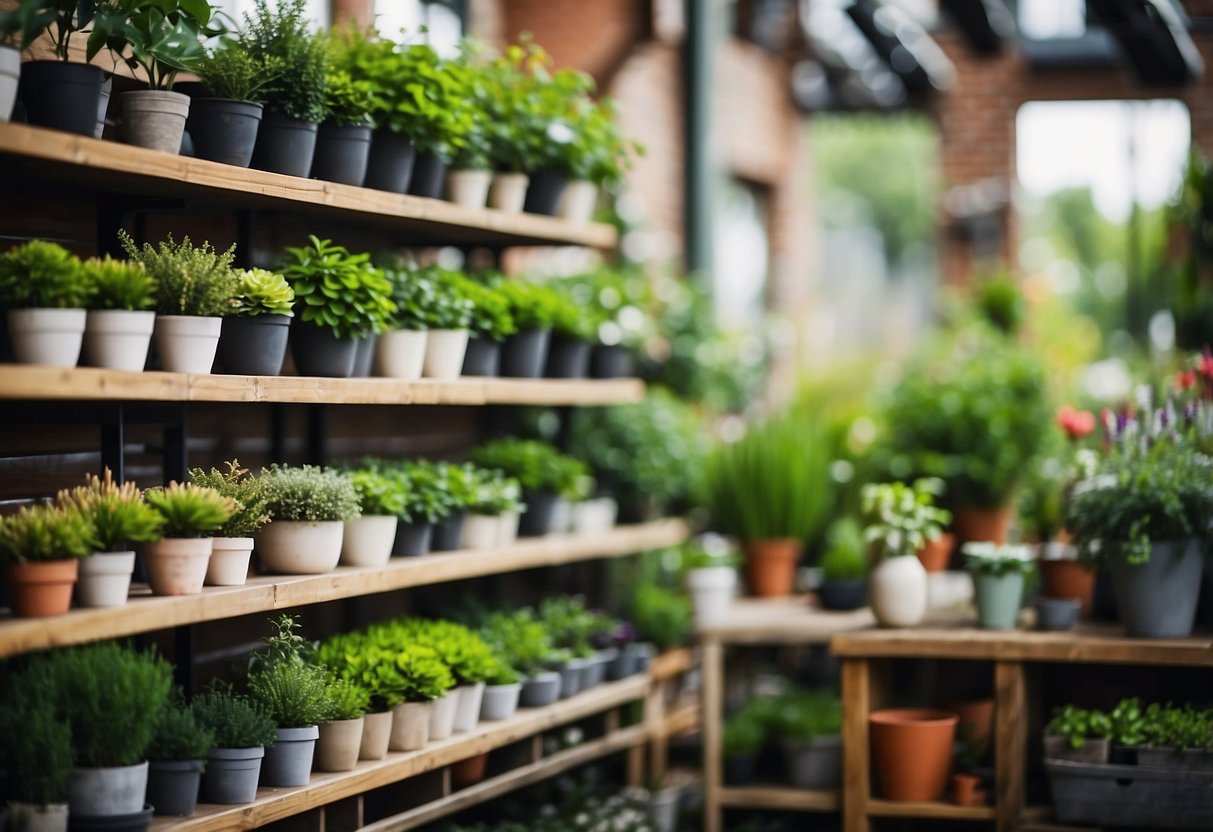
Creating a successful garden center involves thoughtful layout planning, choosing the right plants, and incorporating attractive hardscapes. These elements help ensure a welcoming and efficient space for your customers.
Layout and Space Planning
Start by measuring the dimensions of your garden center. This helps in placing different sections logically. Wide pathways allow easy movement, and grouping plants by type—like annuals, perennials, shrubs, and trees—makes navigation simple.
An efficient layout means customers can easily find what they need and enjoy their shopping experience. Use signage to guide them through the center and place popular items in easily accessible spots. Allocate space for tools, pots, and other garden accessories to keep everything organized.
Choosing the Right Plants
Selecting the right variety of plants is important for catering to your customers’ needs. Consider local climate and soil conditions to pick plants that will thrive. Offering a mix of native plants, annuals, perennials, and ornamental trees adds diversity.
Having a section for seasonal plants ensures you have fresh stock throughout the year. Label plants clearly with care instructions to help customers make informed choices. This not only aids in their successful planting but also builds trust in your expertise.
Incorporating Hardscapes
Hardscapes add structure and aesthetic appeal to your garden center. Think about adding pathways, benches, arbors, and water features that can double as inspiration for your customers. Use natural materials like stone, wood, and gravel to blend seamlessly with the greenery.
Create display gardens using these elements to showcase how customers can use them in their own spaces. This not only enhances the visual appeal but also serves as a practical example, helping customers visualize possibilities for their own gardens.
Enhancing Customer Experience

Enhancing customer experience in your garden center can be achieved through engaging elements like interactive displays and educational workshops. These strategies can make your garden center a go-to spot for both learning and fun.
Interactive Displays
Interactive displays captivate customers and keep them engaged. Consider using seasonal displays that change with the seasons, showcasing relevant plants and decorations. This keeps the environment fresh and interesting. You can also incorporate interactive plant identification stations where customers can learn about different plant species by scanning QR codes. This not only educates but also adds a fun, tech-savvy element.
A children’s garden area can be another great interactive space. Kids can play and learn about gardening in a hands-on way, making your garden center family-friendly. This area could include miniature gardens, digging areas, and small plant projects. Making the experience enjoyable for kids ensures that parents spend more time shopping.
Educational Workshops
Hosting educational workshops provides value to your customers and positions your garden center as an expert in the field. Offer classes on various topics like basic gardening techniques, advanced plant care, and even DIY garden projects. This not only drives traffic to your garden center but also fosters a community of loyal customers who return for more knowledge and supplies.
Consider collaborating with local experts or gardening influencers to lead these workshops. This adds credibility and attracts a wider audience. Hands-on workshops where participants can plant their own seeds or create small garden projects are particularly popular. Providing materials and tools as part of the workshop fee can also drive additional sales of these items in your store.
By integrating these engaging displays and informative workshops, you transform your garden center into a vibrant community hub where customers enjoy learning and shopping.







